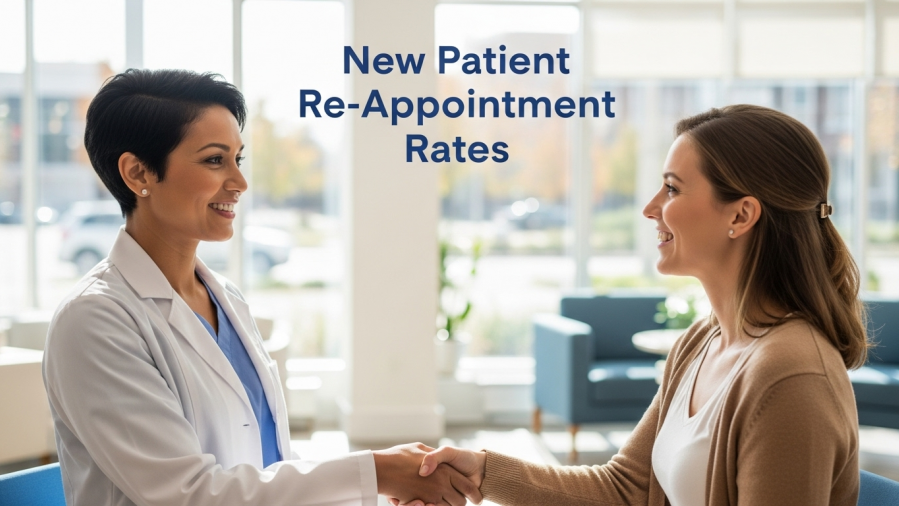
Understanding New Patient Re-Appointment Rates
New patient retention rates are not just a metric; they are a benchmark of how well a dental practice fosters lasting relationships with its patients. In the dental industry, the percentage of new patients re-appointed to hygiene is crucial for assessing success. The essence of this measure lies in its ability to indicate whether patients feel valued and are inclined to return for follow-up care. As highlighted by dental education expert Miranda Beeson during her discussion on The Best Practices Show, effectively monitoring this metric can provide significant insights into the overall patient experience.
Why Patient Retention Matters
Maintaining a high re-appointment percentage is indicative of a practice where patients feel they receive quality care. As a dentist, when your new patients consistently schedule follow-up hygiene visits, it reflects their trust in your capabilities; this trust translates to a readiness to return. Not only does a higher retention rate enhance your practice's reputation, but it also impacts your revenue stream positively. Practices that successfully re-appoint new patients to hygiene will witness not only increased revenues but also a stronger sense of community within their patient base, enhancing patient loyalty.
Proven Strategies to Boost Re-Appointment Rates
To enhance your new patient re-appointment rates, consider adopting the following strategies:
Streamlined Scheduling: Ensure that every new patient leaves your office with a scheduled return visit. Leveraging technology that allows for easy, real-time appointment booking can increase the likelihood of re-appointments.
Timely Follow-Up: Promptly follow up with patients who haven’t scheduled their next hygiene visit. A simple reminder via text can keep your practice top-of-mind.
Build Rapport: Utilize the initial visit to create a rapport with new patients. Establish a connection that emphasizes their value to your practice.
Team Training: Document and discuss your new patient onboarding process with the entire team, ensuring delivery of a consistent and friendly experience across the board.
Leveraging Technology for Efficiency
As the healthcare landscape has evolved, so has the patient experience. Tools like NexHealth highlight the importance of modern digital solutions in patient scheduling and retention. Features such as automated reminders and online booking capabilities facilitate patient engagement and streamline administrative tasks. This tech-forward approach not only makes life easier for the practice staff but significantly improves patient satisfaction by allowing them to manage their appointments conveniently.
Case Studies: How Practices Are Implementing Change
A study from NexHealth showed that 73% of patients prefer after-hours appointment booking options. Practices that have adopted online scheduling and two-way messaging systems are seeing up to a 50% decrease in no-shows. These practices have embraced technology to enhance patient communication and simplify scheduling, allowing patients to confirm or change their appointments through their preferred medium—be it text or email.
Creating Lasting Relationships with Patients
Incorporating a friendly and warm approach to new patient interactions can dramatically impact patient retention. When patients sense that their subsequent appointments have been thought about and organized with care, they are more inclined to see your practice as a place that prioritizes their well-being. Beeson emphasizes the idea that patients who feel valued are most likely to become lifelong patients—a principle that holds true across various aspects of healthcare.
Conclusion: The Road Ahead
As you reflect on your practice's metrics, remember that every number tells a story. Improving your new patient re-appointment rates is not just about numerical goals; it’s about cultivating trust and loyalty. By enhancing your on-boarding processes, implementing efficient scheduling technologies, and nurturing relationships, you can transform new patients into recurring visitors. Now is the time to evaluate your practice’s approach and see how small changes can lead to big impacts. Take the initiative to prioritize follow-up appointments, and witness your practice flourish.
 Add Row
Add Row  Add
Add 




Write A Comment